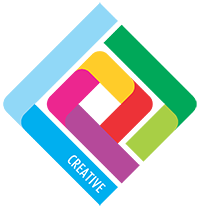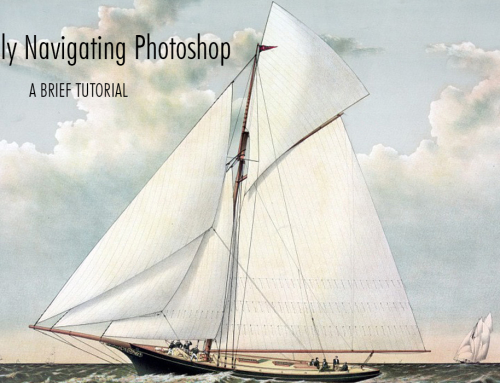Karen Kavett on Basic Colour Theory
Honestly thought! Her gregariousness aside, Karen’s all over colour theory. In fact, I like her summation of it because she makes it seem so simple; natural.
So there’s the colour wheel with:
- primary – pure un-mixed colour
- secondary – two primary’s mixed together.
- tertiary – a primary and a secondary mixed together.
Split the wheel in half vertically to identify cool colours on the left and warm colours on the right.
Add white to get tints.
Add black to get shades.
The two colour models she refers to are RYB (Red, Yellow, Blue) which is “subtractive“, and the RGB (Red, Green, Blue) which is additive.
Subtractive means that the colours are formed by light reflecting off something like paint pigment.
Additive means that the colours are created by a light source of some sort, like the sun or a computer screen.
Then there’s Hue, Saturation and Lightness.
- Hue is just a fancy way of saying, “Exactly what colour is that?”
- Saturation is just the intensity of the colour.
- Lightness is how light or dark the colour is.
Colour Schemes? These are the variables above combined in certain ways to create specific effects or “feelings”.
- Monochromatic scheme for example uses the same colour or hue, but creates variation with tints and shades of it.
- Analogous colour schemes are derived from colours directly next to each other on the colour wheel.
- Complementary colours are derived from colours directly opposite each other on the colour wheel.
Two colours of a different hue, but with the same lightness are called “compliments“. Basically, if you take the colour out, you’ll see the same shade of grey in both.
Unfortunately compliments do just the opposite and create an un-easy effect, so they’re best avoided.
If you must use two complementary colours together, change the value of one of them to soften that effect.
The Jargon Again: colour wheel, primary, secondary, tertiary, tints, shades, colour models, RYB, RGB, subtractive, additive, Hue, Saturation, Lightness, Colour Schemes, Monocromatic, Analogous, Comlementary, Compliments.




Leave A Comment